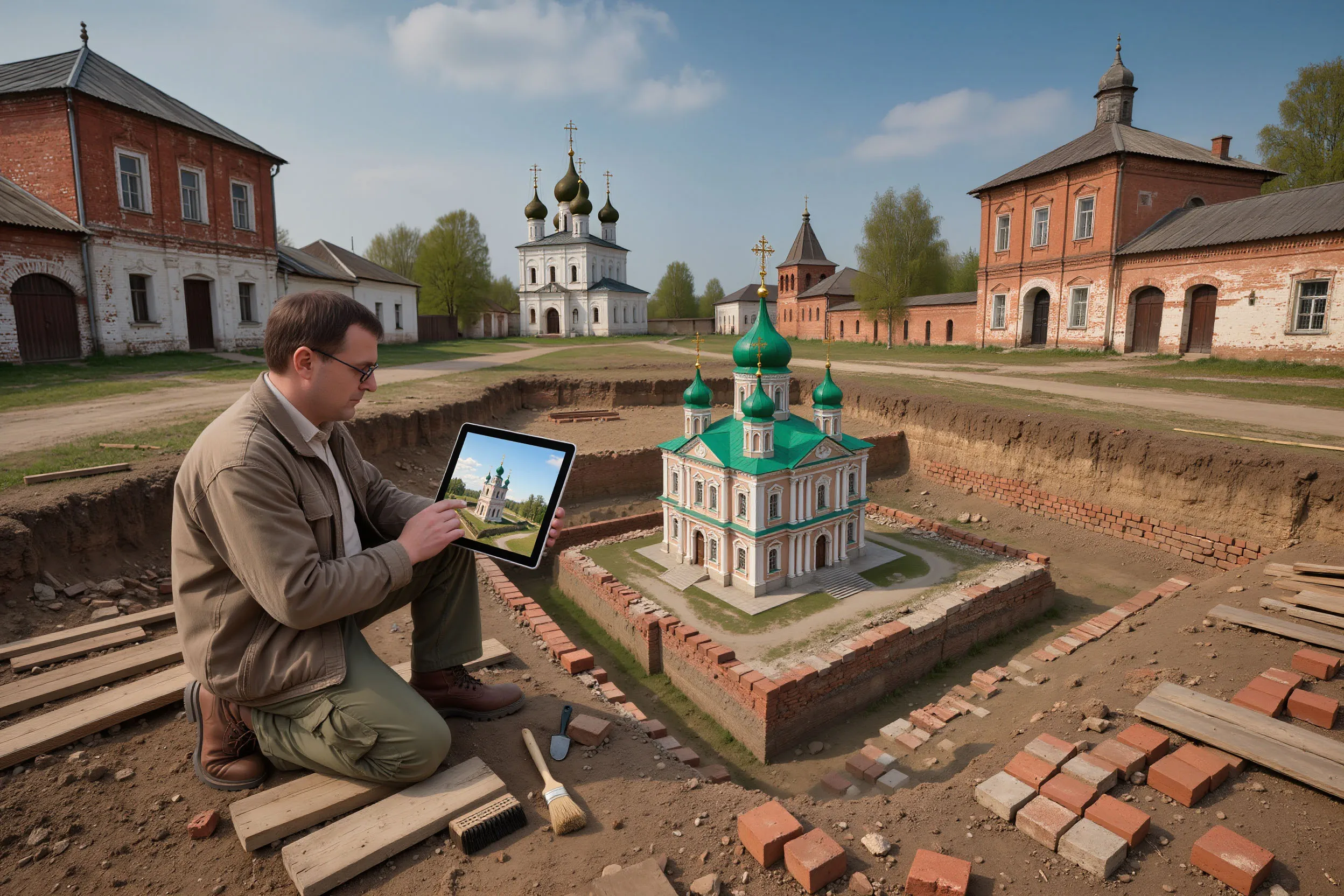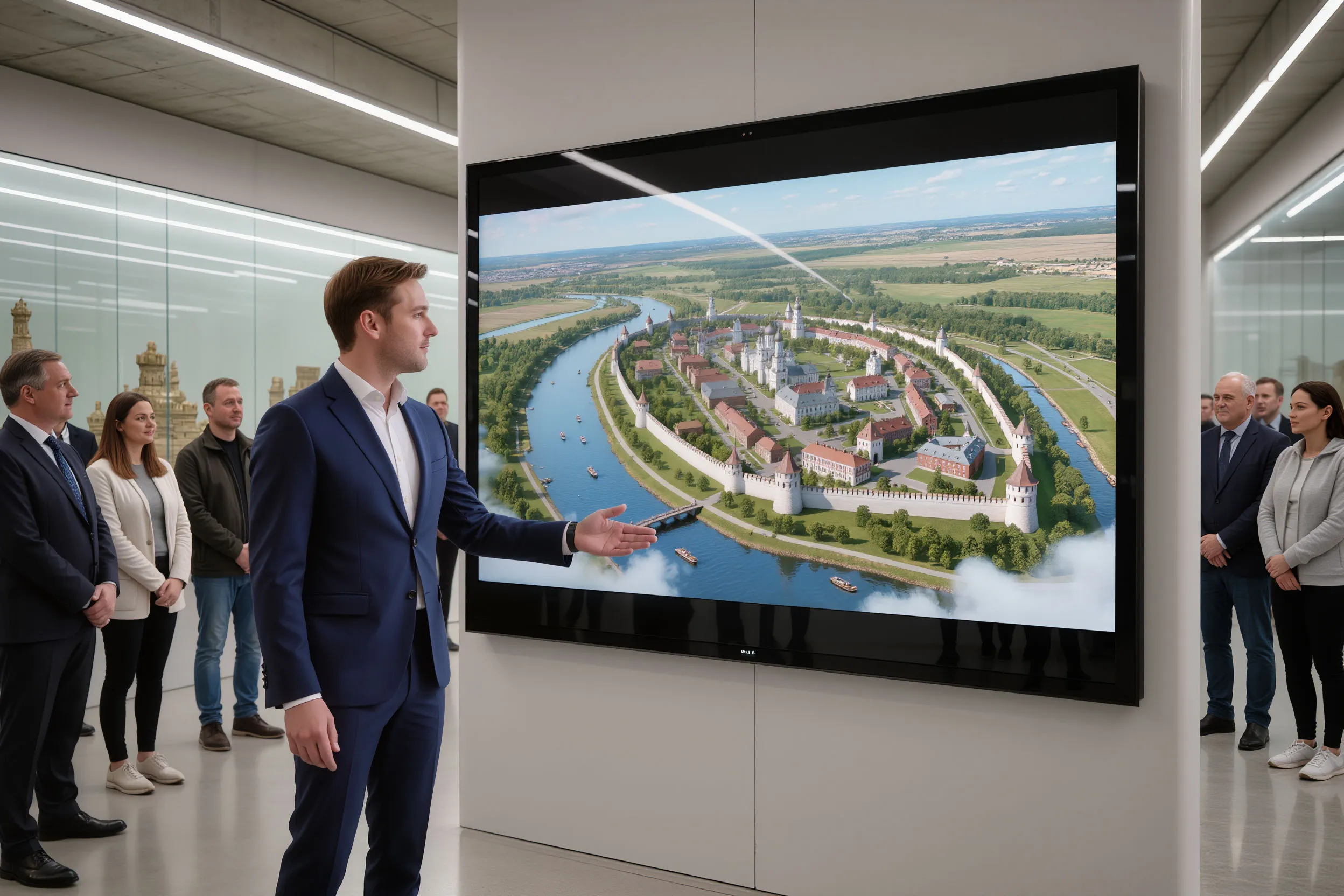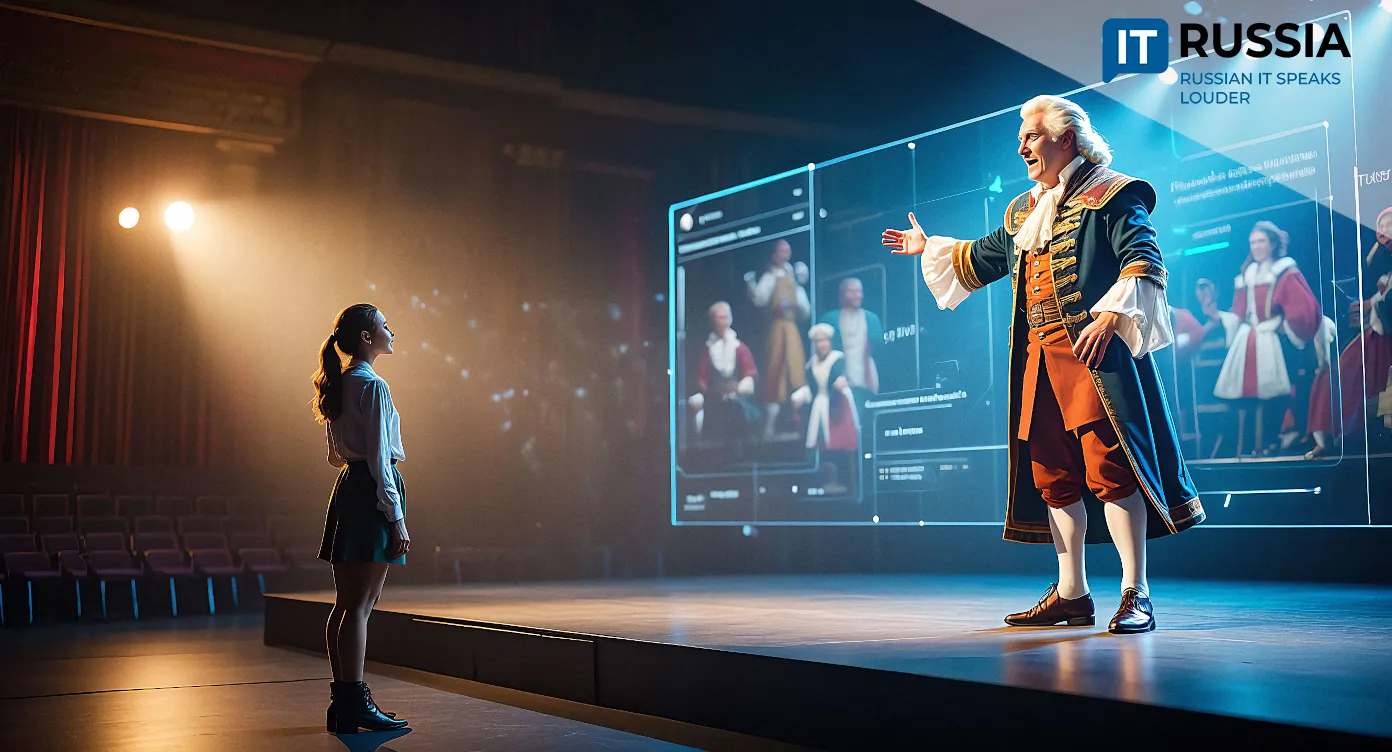A 3D Map of the Old City: A Universal Tool for Archaeologists, Builders, and City Officials
Russian researchers have built a detailed 3D digital reconstruction of the 17th‑century city of Staraya Russa—an emerging tool that blends archaeology, urban planning, and modern GIS technologies to protect cultural heritage and guide future development.

Reconstructing the Past With High‑Fidelity Data
Advances in digital modeling are reshaping how cities study and preserve historical layers. At Yaroslav‑the‑Wise Novgorod State University, a research team has created a 3D reconstruction of Staraya Russa based on data from two rare written sources: the Dozornaya Book of 1611 and the Pistsovaya Book of 1624. These early cadastral records detail household sizes, ownership, and urban development.
Combined with cartographic materials from the 17th to 19th centuries, the data enabled researchers to precisely recreate the city’s layout—street routes, boundary changes, and the placement of individual historical structures. The resulting model offers a high‑resolution glimpse into the urban logic of an early Russian city.

A Practical Tool for Archaeologists, Builders, and City Officials
The geoinformation system (GIS) built around the model is more than a digital reconstruction—it is a functional tool for decision‑makers in urban planning and cultural preservation.
“Protecting the cultural layers of ancient Russian cities—especially those that sit within modern residential areas—is one of the most complex tasks in heritage preservation,” explains project co‑author Kirill Samoilov. Ancient urban sites contain dense and uneven layers, old necropolises, and boundaries that shifted through centuries, making predictive archaeology extremely difficult.
The new GIS maps probable locations of buried archaeological structures, including foundations of early buildings and hidden burial grounds. By identifying risk areas, the 3D map helps crews plan construction without accidentally destroying historical artifacts—a common and costly problem in older cities.
The system also reduces construction delays. With precise information on what lies beneath, developers can avoid interruptions and adjust project plans early, lowering the cost of emergency excavations.

Growing Demand for Local Digital‑Heritage Tools
Russian companies have already begun building territorial GIS platforms for heritage protection. For instance, Uralgeoinform develops monitoring systems for cultural sites, while Datum Group has digitized heritage boundaries and protection zones for the Vladimir region. These examples show that Russia’s market for digital‑heritage tools is expanding—especially in older regions rich with historical monuments.
While GIS solutions are commonly deployed in major cities, the Staraya Russa project marks a significant milestone: cutting‑edge technologies now reaching smaller, heritage‑dense towns where the need is often greatest.

Toward Scalable Digital Archaeology
The system is still under development as part of a joint project with the Higher School of Economics for the Mirror Laboratory “Urban Development Practices in the Russian Political Space of the Late 15th–17th Centuries.” Once completed, its methodology could be extended to other historical cities.
A 3D GIS map can preserve ancient structures, reduce spending on emergency excavations, prevent construction missteps, and offer clearer assessments of project feasibility. The approach has global relevance: the challenges of protecting buried heritage sites are shared by cities worldwide.
With Russia investing in its own digital‑archaeology tools, the technology may also support international cooperation, export opportunities, and broader cultural dialogue in the global heritage community.










































